Grow Red Dragon Fruit, and transform your backyard into an exotic oasis! Have you ever dreamed of harvesting your own vibrant, otherworldly fruit right from your home garden? I know I have! This guide is your passport to cultivating these stunning fruits, even if you’re a beginner gardener.
The Red Dragon Fruit, also known as pitaya, isn’t just a pretty face. Originating from Central America, it has a rich history, with ancient cultures valuing it for its delicious flavor and potential health benefits. Today, it’s enjoyed worldwide, but often comes with a hefty price tag at the grocery store. That’s where this DIY guide comes in!
Imagine the satisfaction of plucking a perfectly ripe Red Dragon Fruit, knowing you nurtured it from a small cutting to a thriving plant. Not only will you save money, but you’ll also gain a deeper connection to nature and impress your friends and family with your gardening prowess. Plus, growing your own ensures you’re getting the freshest, most flavorful fruit possible. This DIY project will show you how to grow Red Dragon Fruit successfully, providing step-by-step instructions, essential tips, and troubleshooting advice to ensure your success. Let’s get started and bring a touch of the tropics to your home!
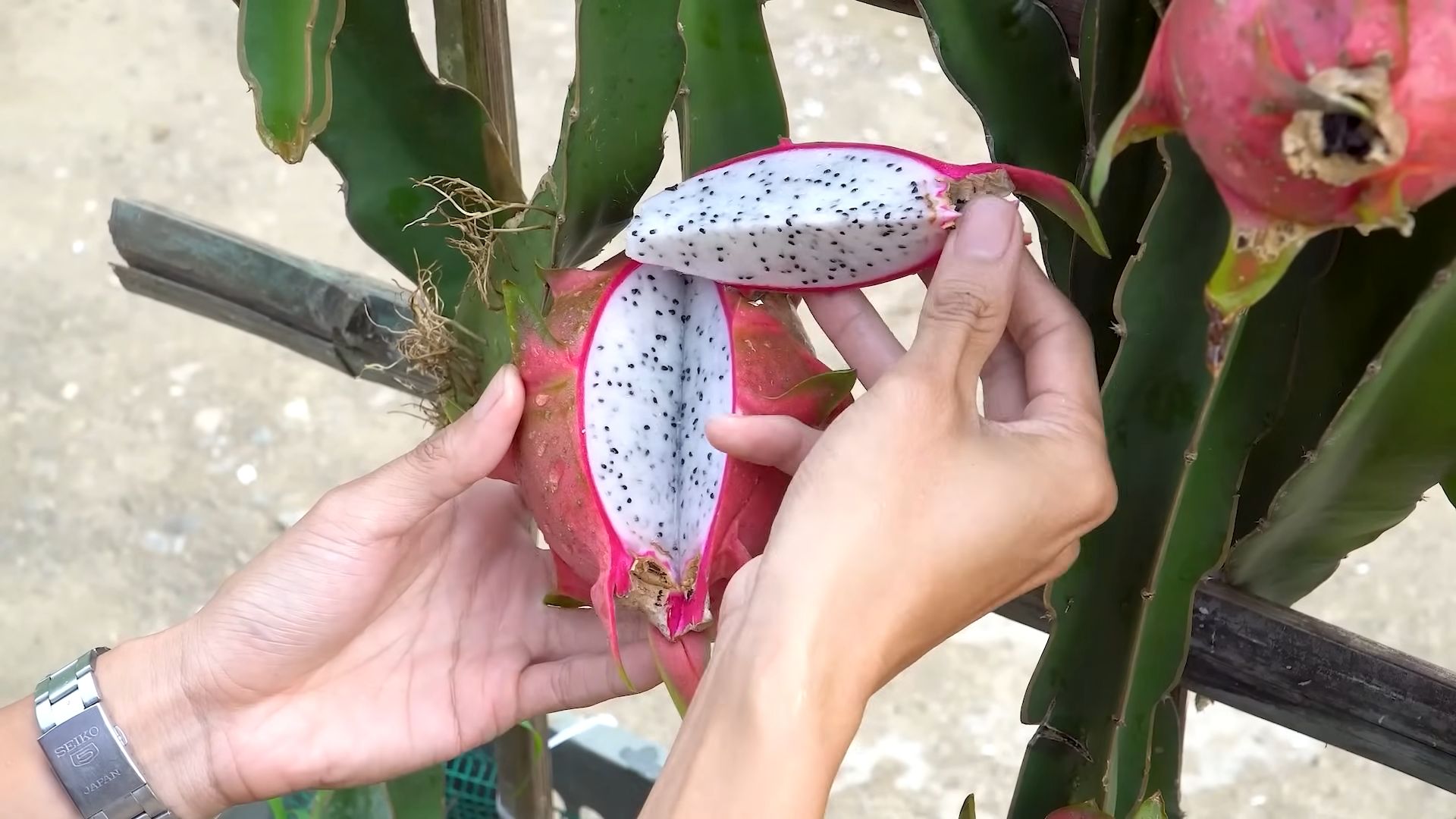
Growing Red Dragon Fruit at Home: A DIY Guide
Hey there, fellow plant enthusiasts! Ever dreamt of having your own exotic fruit garden? Well, let me tell you, growing Red Dragon Fruit (also known as Pitaya) at home is totally achievable, even if you don’t have a sprawling orchard. I’ve been growing these beauties for a few years now, and I’m excited to share my secrets with you. It’s a rewarding experience, and nothing beats the taste of a homegrown dragon fruit!
What You’ll Need:
Before we dive in, let’s gather our supplies. Here’s a checklist of everything you’ll need to successfully grow your own Red Dragon Fruit:
* Dragon Fruit Cutting or Seedling: You can either start from a cutting (which is faster) or from seeds (which takes longer but is super satisfying). I recommend a cutting from a reputable source to ensure you get the variety you want.
* Well-Draining Soil: Dragon fruit hates soggy roots! A cactus or succulent mix works perfectly. You can also create your own mix using equal parts potting soil, perlite, and coarse sand.
* Large Pot (if growing in a container): Choose a pot that’s at least 24 inches in diameter. Dragon fruit plants can get quite large, so give them plenty of room to grow.
* Support Structure: Dragon fruit is a climbing cactus, so it needs something to climb on. A sturdy trellis, a strong post, or even an old ladder will do the trick.
* Fertilizer: A balanced fertilizer (like 10-10-10) is good for general growth. You’ll also want a fertilizer higher in phosphorus and potassium to encourage flowering and fruiting.
* Gardening Gloves: Protect your hands from the spines!
* Watering Can or Hose: For, well, watering!
* Pruning Shears: To keep your plant tidy and encourage fruiting.
* Sunlight: Dragon fruit loves sunshine! Aim for at least 6 hours of direct sunlight per day.
Starting from a Cutting: The Fast Track to Dragon Fruit
This is my preferred method because it’s much faster than starting from seed. You’ll get fruit much sooner!
Step 1: Preparing the Cutting
1. Choose a Healthy Cutting: Select a cutting that’s at least 12 inches long and about as thick as your thumb. Make sure it’s from a healthy, mature plant. Look for cuttings that are green and plump, without any signs of disease or damage.
2. Let the Cutting Callous: This is crucial! Place the cutting in a dry, shaded area for about 7-10 days. This allows the cut end to callous over, which prevents rot when you plant it. You’ll notice a hardened layer forming over the cut.
3. Optional: Rooting Hormone: While not strictly necessary, dipping the calloused end of the cutting in rooting hormone can help speed up the rooting process.
Step 2: Planting the Cutting
1. Prepare the Pot: Fill your large pot with your well-draining soil mix. Leave a few inches of space at the top.
2. Plant the Cutting: Insert the calloused end of the cutting about 2-3 inches deep into the soil. Make sure it’s firmly planted.
3. Water Gently: Water the soil lightly, just enough to moisten it. Avoid overwatering, as this can lead to rot.
4. Provide Support: Immediately place the support structure next to the cutting. As the plant grows, you’ll need to tie it to the support.
Step 3: Caring for Your New Dragon Fruit Plant
1. Sunlight: Place the pot in a location that receives at least 6 hours of direct sunlight per day.
2. Watering: Water deeply but infrequently. Allow the soil to dry out completely between waterings. Overwatering is a common mistake, so err on the side of caution. I usually check the soil moisture by sticking my finger about an inch deep. If it’s dry, it’s time to water.
3. Fertilizing: Fertilize every 2-3 months with a balanced fertilizer during the growing season (spring and summer). Once the plant starts to mature (usually after a year or two), switch to a fertilizer higher in phosphorus and potassium to encourage flowering.
4. Pruning: Prune your dragon fruit plant regularly to keep it tidy and encourage branching. Remove any dead or damaged stems. You can also prune to control the size and shape of the plant.
5. Pest Control: Keep an eye out for pests like aphids and mealybugs. If you spot any, treat them with insecticidal soap or neem oil.
Starting from Seeds: The Patient Gardener’s Route
This method takes longer, but it’s a fun way to see the whole life cycle of the plant. Plus, you never know what unique variations you might get!
Step 1: Extracting and Preparing the Seeds
1. Choose a Ripe Dragon Fruit: Select a ripe dragon fruit from the grocery store or a local farmer’s market. The fruit should be brightly colored and slightly soft to the touch.
2. Extract the Seeds: Cut the fruit in half and scoop out the pulp. Place the pulp in a bowl of water.
3. Separate the Seeds: Gently rub the pulp between your fingers to separate the seeds from the flesh. The seeds are small and black.
4. Rinse the Seeds: Rinse the seeds thoroughly with water to remove any remaining pulp.
5. Dry the Seeds: Spread the seeds on a paper towel and let them dry completely for several days.
Step 2: Sowing the Seeds
1. Prepare a Seed Starting Tray: Fill a seed starting tray with a well-draining seed starting mix.
2. Sow the Seeds: Sprinkle the seeds evenly over the surface of the soil. Don’t bury them too deep; they need light to germinate.
3. Water Gently: Mist the soil with water to moisten it.
4. Cover the Tray: Cover the tray with a clear plastic lid or plastic wrap to create a humid environment.
5. Provide Warmth and Light: Place the tray in a warm location with bright, indirect light. A heat mat can help speed up germination.
Step 3: Caring for the Seedlings
1. Monitor Germination: The seeds should germinate in about 1-3 weeks.
2. Remove the Cover: Once the seedlings emerge, remove the plastic lid or plastic wrap.
3. Water Regularly: Keep the soil consistently moist, but not soggy.
4. Provide Light: Provide the seedlings with plenty of bright, indirect light. If you don’t have enough natural light, you can use a grow light.
5. Thin the Seedlings: Once the seedlings have a few sets of true leaves, thin them out, leaving only the strongest seedlings.
6. Transplant the Seedlings: When the seedlings are a few inches tall, transplant them into individual pots filled with well-draining soil.
Step 4: Growing Your Dragon Fruit Seedlings
1. Follow the same care instructions as for cuttings: Sunlight, watering, fertilizing, and pruning.
2. Be patient: It can take several years for dragon fruit plants grown from seed to produce fruit.
Encouraging Flowering and Fruiting
Getting your dragon fruit plant to flower and fruit is the ultimate goal! Here are some tips to help you achieve a bountiful harvest:
* Mature Plant: Dragon fruit plants typically need to be at least 1-2 years old before they start flowering.
* Sufficient Sunlight: Dragon fruit needs plenty of sunlight to flower. Make sure your plant is getting at least 6 hours of direct sunlight per day.
* Proper Fertilization: Use a fertilizer that’s high in phosphorus and potassium to encourage flowering. Apply the fertilizer every 2-3 months during the growing season.
* Watering: Reduce watering slightly during the dormant season (winter).
* Pollination: Dragon fruit flowers are nocturnal and are typically pollinated by bats and moths. If you don’t have these pollinators in your area, you may need to hand-pollinate the flowers. Use a small paintbrush to transfer pollen from the stamen (male part) to the pistil (female part) of the flower.
* Night Lighting: Dragon fruit flowering is sometimes triggered by short day lengths. If you live in an area with long days, you can try using artificial lighting at night to simulate shorter days.
Troubleshooting Common Problems
Even with the best care, you might encounter some problems along the way. Here are some common issues and how to address them:
* Yellowing Leaves: This can be caused
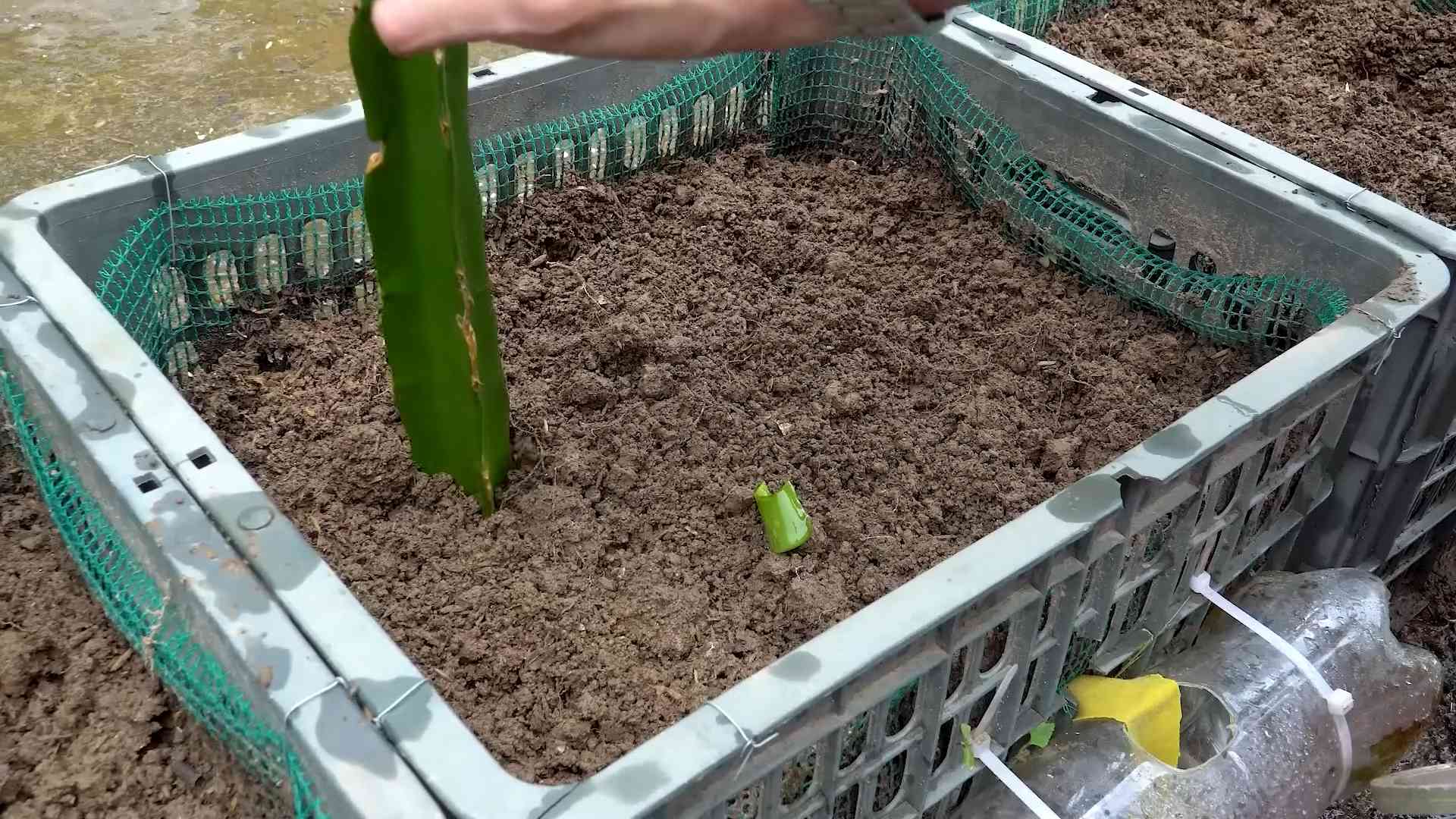
Conclusion
So, there you have it! Growing Red Dragon Fruit from seed might seem like a daunting task, but with a little patience and the right approach, you can cultivate your own vibrant, exotic fruit right at home. This DIY trick isn’t just about saving money; it’s about experiencing the satisfaction of nurturing a plant from its earliest stages and witnessing its transformation into a fruit-bearing marvel. Imagine the bragging rights when you serve up a homegrown Red Dragon Fruit salad to your friends and family!
But why is this DIY method a must-try? Firstly, it offers a unique connection to your food. You’re not just consuming a fruit; you’re participating in its entire life cycle. Secondly, it’s a fantastic learning experience, teaching you about germination, seedling care, and the specific needs of this fascinating plant. Thirdly, it’s incredibly rewarding to see your efforts pay off with a bountiful harvest of delicious, nutritious fruit.
Don’t be afraid to experiment with variations! Try different soil mixes to see what works best in your local climate. Consider using different types of containers, from repurposed plastic bottles to terracotta pots. You can even explore grafting your seedling onto a more established dragon fruit plant for faster fruiting. The possibilities are endless!
We encourage you to embark on this exciting journey of growing Red Dragon Fruit from seed. It’s a rewarding experience that will connect you with nature and provide you with a delicious and healthy treat. Don’t hesitate to share your experiences, tips, and photos with us in the comments below. We’d love to hear about your successes (and even your challenges!) as you cultivate your own Red Dragon Fruit paradise. Remember, every seed holds the potential for a thriving plant, and every gardener has the power to unlock that potential. So, get planting and enjoy the fruits (literally!) of your labor!
Now, let’s address some frequently asked questions to help you on your Red Dragon Fruit growing adventure:
Frequently Asked Questions (FAQ)
1. How long does it take to grow Red Dragon Fruit from seed?
Growing Red Dragon Fruit from seed is a long-term commitment. It typically takes anywhere from 3 to 5 years for a seedling to mature and produce fruit. Grafting can significantly reduce this timeframe, potentially yielding fruit in as little as 1 to 2 years. Patience is key!
2. What kind of soil is best for Red Dragon Fruit?
Red Dragon Fruit prefers well-draining soil that is slightly acidic to neutral (pH 6.0-7.0). A good mix consists of equal parts potting soil, perlite, and compost. The perlite ensures proper drainage, while the compost provides essential nutrients. You can also add a small amount of sand to further improve drainage. Avoid heavy clay soils, as they can lead to root rot.
3. How much sunlight does Red Dragon Fruit need?
Red Dragon Fruit thrives in full sun, requiring at least 6-8 hours of direct sunlight per day. However, young seedlings can be sensitive to intense sunlight and may benefit from some afternoon shade, especially in hot climates. As the plant matures, gradually increase its exposure to sunlight.
4. How often should I water my Red Dragon Fruit plant?
Water your Red Dragon Fruit plant regularly, especially during the growing season (spring and summer). Allow the soil to dry out slightly between waterings. Overwatering can lead to root rot, so it’s crucial to ensure proper drainage. Reduce watering during the dormant season (fall and winter).
5. What kind of fertilizer should I use for Red Dragon Fruit?
Feed your Red Dragon Fruit plant with a balanced fertilizer (e.g., 10-10-10) every 2-3 months during the growing season. You can also use a fertilizer specifically formulated for cacti and succulents. Avoid over-fertilizing, as this can damage the plant. Supplementing with compost tea or worm castings can also provide beneficial nutrients.
6. How do I pollinate Red Dragon Fruit flowers?
Red Dragon Fruit flowers are nocturnal and typically open only for one night. While some varieties are self-pollinating, cross-pollination often results in larger and more flavorful fruit. If you only have one plant, you can hand-pollinate the flowers by transferring pollen from one flower to another using a small brush.
7. What are some common pests and diseases that affect Red Dragon Fruit?
Common pests that can affect Red Dragon Fruit include aphids, mealybugs, and scale insects. These can be controlled with insecticidal soap or neem oil. Root rot is a common disease, especially in poorly drained soil. Prevent root rot by ensuring proper drainage and avoiding overwatering. Fungal diseases can also occur, particularly in humid environments.
8. How do I prune my Red Dragon Fruit plant?
Pruning is essential for maintaining the shape and health of your Red Dragon Fruit plant. Remove any dead, damaged, or crossing branches. You can also prune to encourage branching and fruiting. Prune after the fruiting season.
9. Can I grow Red Dragon Fruit in a container?
Yes, Red Dragon Fruit can be successfully grown in containers. Choose a large container with drainage holes. As the plant grows, you may need to repot it into a larger container. Provide a sturdy trellis or support structure for the plant to climb on.
10. What are some different varieties of Red Dragon Fruit?
There are many different varieties of Red Dragon Fruit, each with its own unique characteristics. Some popular varieties include ‘American Beauty,’ ‘Haley’s Comet,’ and ‘Physical Graffiti.’ Research different varieties to find one that suits your taste and growing conditions.
11. My Red Dragon Fruit plant is flowering, but not producing fruit. What could be the problem?
There are several reasons why your Red Dragon Fruit plant might be flowering but not producing fruit. These include:
* **Lack of pollination:** Ensure proper pollination, either through natural pollinators or hand-pollination.
* **Nutrient deficiencies:** Make sure your plant is receiving adequate nutrients.
* **Environmental stress:** Extreme temperatures or lack of water can affect fruit set.
* **Young plant:** It may take a few years for a young plant to mature and produce fruit.
12. How do I know when my Red Dragon Fruit is ripe?
A ripe Red Dragon Fruit will have a vibrant, even color and will be slightly soft to the touch. The “wings” or scales on the fruit will start to dry out and turn brown. The fruit should also detach easily from the stem.
13. Can I grow Red Dragon Fruit indoors?
While it’s possible to grow Red Dragon Fruit indoors, it can be challenging to provide the plant with enough sunlight. If you choose to grow it indoors, place it in a sunny location and supplement with grow lights.
14. What is the best time of year to plant Red Dragon Fruit seeds?
The best time of year to plant Red Dragon Fruit seeds is in the spring or early summer, when the weather is warm and the days are long. This will give the seedlings plenty of time to grow and establish themselves before the winter.
15. Where can I buy Red Dragon Fruit seeds?
Red Dragon Fruit seeds can be purchased online from reputable seed suppliers or at local nurseries. Make sure to choose seeds from a reliable source to ensure their viability.

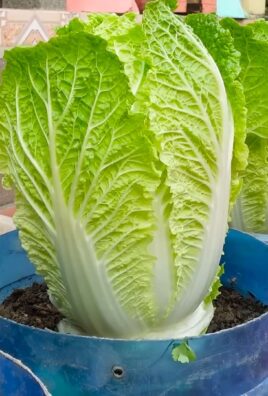
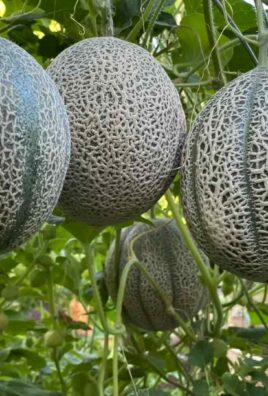
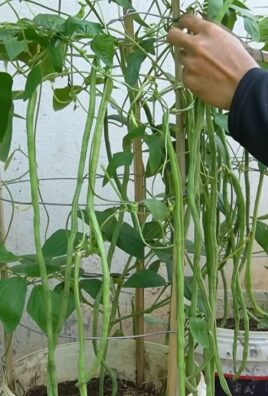
Leave a Comment